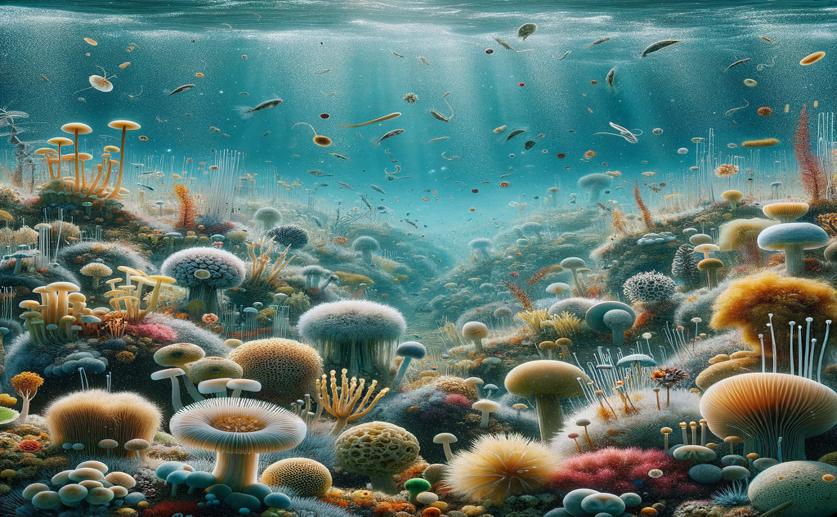
Exploring Marine Fungal Diversity and Changes in the Northern Adriatic Sea
Jenn Hoskins
29th May, 2024

Image Source: Natural Science News, 2024
Key Findings
- The study focused on fungal communities in the Gulf of Trieste, northern Adriatic Sea
- Fungal communities in this area are highly diverse and dynamic, mainly consisting of marine taxa
- The ratio of dissolved and particulate organic carbon to nitrogen significantly influences fungal community composition
References
Main Study
1) Marine Fungal Diversity and Dynamics in the Gulf of Trieste (Northern Adriatic Sea)
Published 29th May, 2024
https://doi.org/10.1007/s00248-024-02394-z
Related Studies
2) Fungi in aquatic ecosystems.
3) Mycoloop: chytrids in aquatic food webs.
4) The largely neglected ecological role of oceanic pelagic fungi.
5) The Sorcerer II Global Ocean Sampling expedition: northwest Atlantic through eastern tropical Pacific.
Journal: PLoS biology, Issue: Vol 5, Issue 3, Mar 2007



 8th March, 2024 | Greg Howard
8th March, 2024 | Greg Howard